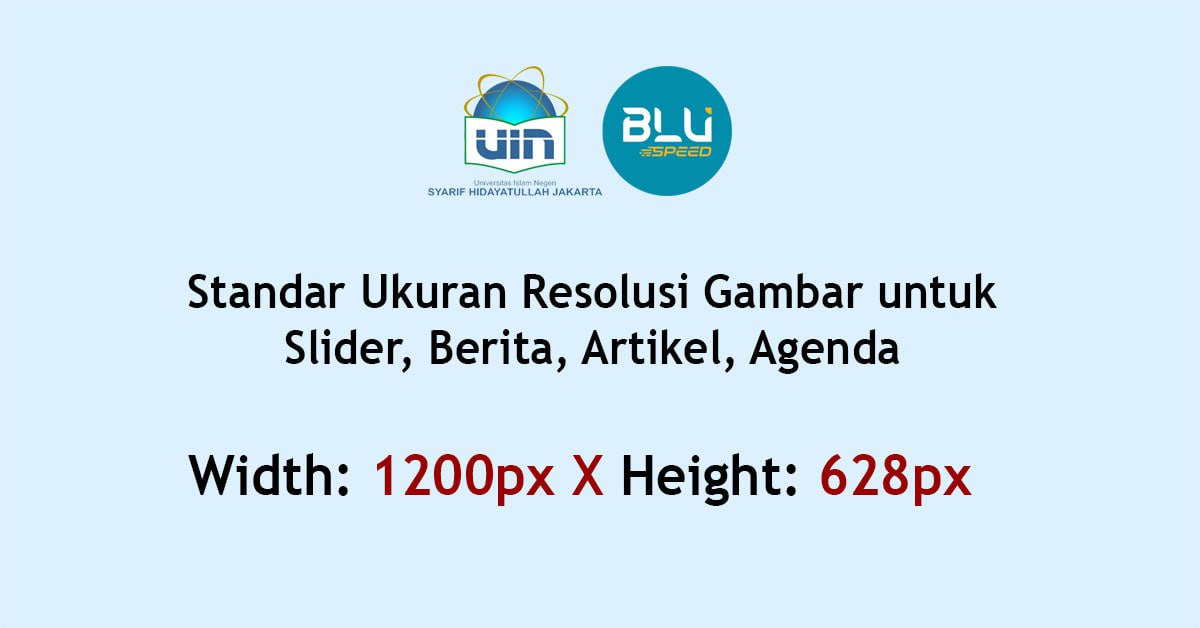Buttons
Example
Bootstrap includes several predefined button styles, each serving its own semantic purpose, with a few extras thrown in for more control.
<button type="button" class="btn btn-primary">Primary</button>
<button type="button" class="btn btn-secondary">Secondary</button>
<button type="button" class="btn btn-success">Success</button>
<button type="button" class="btn btn-danger">Danger</button>
<button type="button" class="btn btn-warning">Warning</button>
<button type="button" class="btn btn-info">Info</button>
<button type="button" class="btn btn-light">Light</button>
<button type="button" class="btn btn-dark">Dark</button>
<button type="button" class="btn btn-link">Link</button>Sizes
Fancy larger or smaller buttons? Add .btn-lg or .btn-sm for additional sizes.
<button type="button" class="btn btn-primary btn-lg">Large button</button>
<button type="button" class="btn btn-secondary btn-lg">Large button</button>
<button type="button" class="btn btn-primary btn-sm">Small button</button>
<button type="button" class="btn btn-secondary btn-sm">Small button</button>Toggle states
Add data-bs-toggle="button" to toggle a button’s active state. If you’re pre-toggling a button, you must manually add the .active class and aria-pressed="true" to ensure that it is conveyed appropriately to assistive technologies.
<button type="button" class="btn btn-primary" data-bs-toggle="button"
autocomplete="off">Toggle button</button>
<button type="button" class="btn btn-primary active" data-bs-toggle="button"
autocomplete="off" aria-pressed="true">Active toggle button</button>
<button type="button" class="btn btn-primary" disabled data-bs-toggle="button"
autocomplete="off">Disabled toggle button</button><a href="#" class="btn btn-primary" role="button" data-bs-toggle="button">Toggle
link</a>
<a href="#" class="btn btn-primary active" role="button" data-bs-toggle="button"
aria-pressed="true">Active toggle link</a>
<a href="#" class="btn btn-primary disabled" tabindex="-1" aria-disabled="true"
role="button" data-bs-toggle="button">Disabled toggle link</a>Disable state
Make buttons look inactive by adding the disabled boolean attribute to any <button> element. Disabled buttons have pointer-events: none applied to, preventing hover and active states from triggering.
<button type="button" class="btn btn-lg btn-primary" disabled>Primary button</button>
<button type="button" class="btn btn-secondary btn-lg" disabled>Button</button>Disabled buttons using the element behave a bit different:
<a>s don’t support thedisabledattribute, so you must add the.disabledclass to make it visually appear disabled.- Some future-friendly styles are included to disable all
pointer-eventson anchor buttons. - Disabled buttons should include the
aria-disabled="true"attribute to indicate the state of the element to assistive technologies.
Tag :

